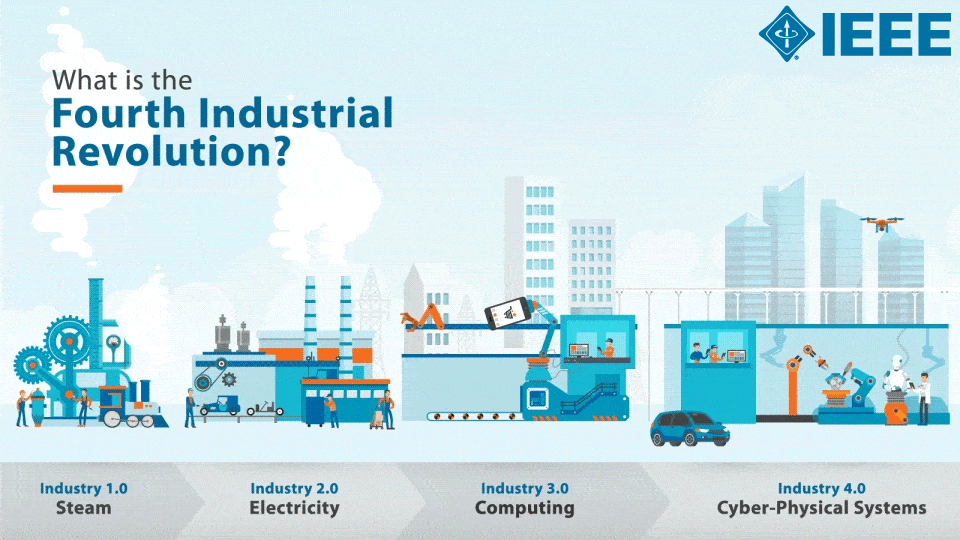The Fourth Industrial Revolution

How did it all start?
Over the centuries, the constant hunt for groundbreaking discoveries attributes to the astronomical improvement in both the quality of life and quantity of life. The First Industrial Revolution throttled into full force since water, and steam power was introduced to automate production, while electricity powering mass production instigated the Second Industrial Revolution. Subsequently, technological advancements instituted the Third Industrial Revolution, whereby electronic and information technology served as a primary source of production becoming automatic. Unlike the previous industrial revolutions, there is a palpable correlation between the Third and most recent; the Fourth Industrial Revolution, as technology demonstrates its continual evolvement as cultivation for its power to transform the economy, lifestyle, and how businesses operate.
There is a stark contrast emanate from the Fourth Industrial Revolution as it is “evolving at an exponential rate rather than a linear pace.” The expanse of the Fourth is so significant, it has penetrated and disrupted every industry across the globe, compelling a complete change in systems of production, management, and governance.
What does the Fourth Industrial Revolution compose of?
It is governed by the limitless possibilities in “billions of people being connected by mobile devices with unprecedent processing power, storage capacity, and access to knowledge.” These possibilities will intrinsically grow with technological breakthroughs in fields such as AI, robotic, IoT, autonomous vehicles, 3D printing, nanotechnology, biotechnology, materials science, energy storage, and quantum computing.
AI was a mere novel concept in the earlier days but has now become a practice of reality. With deeper and true understanding of AI, products ranging from self-driving cars to virtual assistants in software that translate, or assist have finally come to fruition. The impact of AI on the Fourth Industrial Revolution is credited by the substantial growth in computing power and the availability of Big Data.
Impact of the Fourth on the Container Handling Industry
Despite AI being relatively new with many professionals in the Container Handling Industry lacking a deep understanding of its infrastructure, there are little to none terminal operating systems on the market with AI capabilities that can truly exhibit human intelligence to predict different scenarios and determine the best solution to optimize berthing, processes, and resources. Although immediate results are highly valued and critical to a terminal’s success, it is imperative to select a TOS that is not only best fit for a terminal but is accepting of enhancements and is responsive to new capabilities.
How do we respond?
A collective of beliefs, values, ideas, and knowledge derived from human behavior and decisions has characterized each revolution. Similarly, the direction of each revolution is influenced by a community response. Therefore, it is citizens, consumers, and investors that hold the most significant power in driving this revolution onto the next.
To ensure that future revolutions adhere to only empowering the quality of life and quantity of life, we must develop a comprehensive and undivided perception of how technology continues to impact our lives and reform our economic, social, cultural, and human environments.
